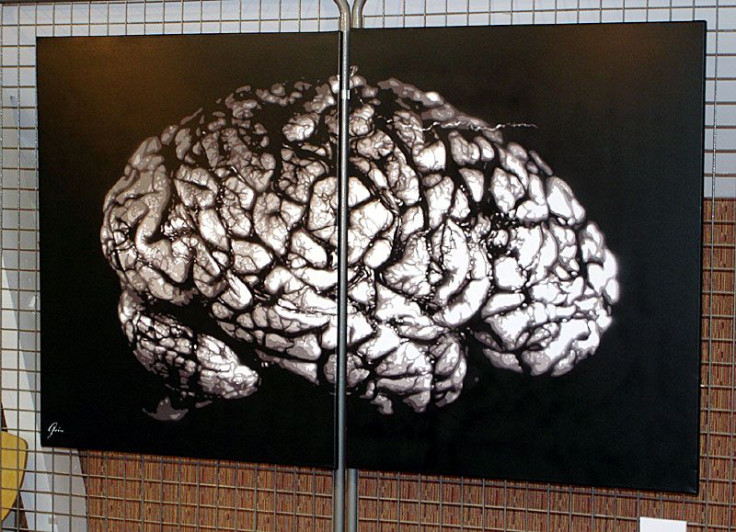How To Age Gracefully: A Look Inside The Brain Of Olga Kotelko, The 94-Year-Old Runner And Athlete

Olga Kotelko, a woman in her 90s, made headlines after she won several gold medals for competing in track and field. When you watch videos of the robust woman running, jumping, and throwing, you wonder: How in the world is a 94-year-old doing that, and how does she look as if she’s 70 years old?
Kotelko, a divorced mother of two who was born to Ukrainian immigrants in Saskatchewan, Canada, lived a very active life. She worked on her family’s farm milking cows, planting gardens, and cooking. Then she encouraged her students to exercise during her time as a schoolteacher. She didn’t start getting into a workout regimen and competing in sports, however, until she was 77 — an age that many might consider is a better time to sit by the TV, nap, and slow down. Kotelko decided to do the opposite, and new research on her brain shows the rewards it brings.
The study, conducted at the Beckman Institute for Advanced Science and Technology at the University of Illinois in 2012, tested Kotelko’s physical and cognitive abilities. The researchers had Kotelko undergo an MRI brain scan, a cardiorespiratory fitness test on a treadmill, and several cognitive tests.
“In our studies, we often collect data from adults who are between 60 and 80 years old, and we have trouble finding participants who are 75 to 80 and relatively healthy,” said Agnieszka Burzynska, an author of the study, in the press release. Because many people over 80 aren’t as healthy, it’s harder to find people in their 80’s and 90’s to research, she explained. And Kotelko was the perfect test subject: an older woman who was incredibly healthy and cognitively sharp, who they could compare to less active people in the same age group.
The researchers found that when compared to most aging people, whose brains had shrunk, Kotelko had experienced reversed aging of sorts. Her late-life exercise and intense athleticism had preserved her brain function.
“In general, the brain shrinks with age,” Burzynska said. “The cortex, the outermost layer of cells where all of our thinking takes place, that also gets thinner.” When it came to Kotelko, however, “her brain did not seem to be, in general, very shrunken, and her ventricles did not seem to be enlarged."
In particular, her white-matter tracts were quite preserved; this region of the brain is associated with reasoning, planning, and self-control. She also scored better on memory and cognitive tests than other people her age, even if she didn’t quite keep up with people younger than her.
Ultimately, the researchers believe that Olga offers inspiration when it comes to brain plasticity. Her story reminds us that we, too, can learn new things as we get older, and improve both our physical and cognitive abilities. Kotelko's optimism, desire to improve herself, and passion about exercise only led to having more energy than most people younger than her.
“During dinner after the long day of testing, I asked Olga if she was tired, and she replied, ‘I rarely get tired,’” said Art Kramer, an author of the study, in the press release. “The decades-younger graduate students who tested her, however, looked exhausted."
Published by Medicaldaily.com



























